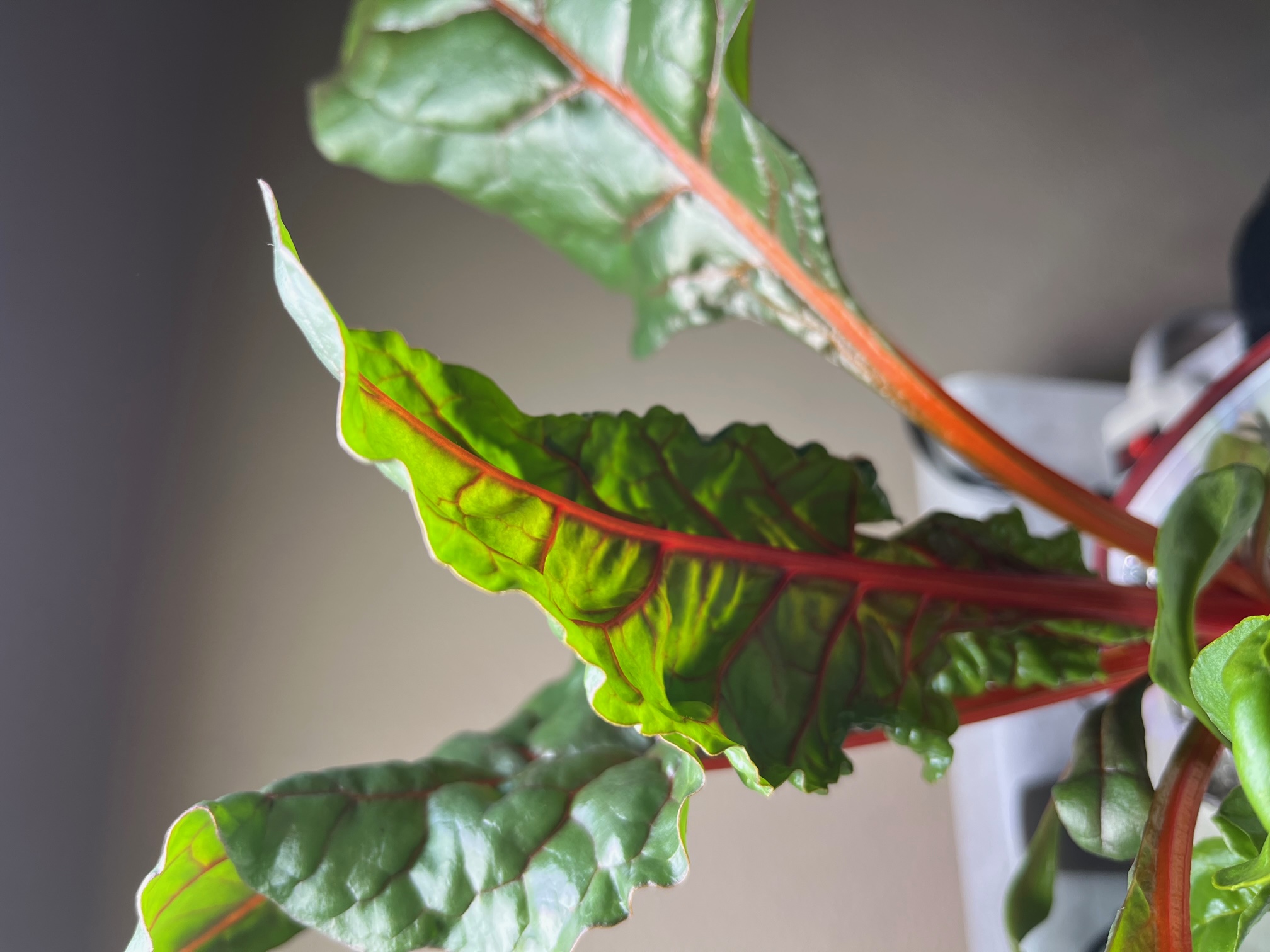3 Steps to Grow Rainbow Chard
Are you looking for an easy way to add a pop of color to your indoor space and your dinner plate? Look no further than growing rainbow chard in an indoor smart garden!


3 Steps to Grow Rainbow Chard
Are you looking for an easy way to add a pop of color to your indoor space and your dinner plate? Look no further than growing rainbow chard in an indoor smart garden! With its bright pink, orange, or red stems and leaves, rainbow chard is not only beautiful but also hardy, making it a great option for new indoor gardeners. Here are three simple steps to get started:
Step 1: Plant the Seed
Rainbow chard has a high success rate when sprouting. Using your fingers, drop one or two seeds into a grow sponge and place it in an indoor smart garden like AeroGarden. Cover the sponge with aluminum foil, making a hole in the center about the size of a Sharpy pen. Then, wait for three to ten days for the seed to sprout and see what colors emerge!
Step 2: Early Growth Stage
After two weeks of growth, the stem of the rainbow chard will start to reveal its color. Rainbow chard thrives in slightly higher nutrient-rich water, with PPM between 1260-1690 and pH between 6.0-7.0. (Check out the list of companion plants that grow well with rainbow chard below!)
Step 3: Harvest
About a month after planting, the rainbow chard will be ready for harvest. You have two options: either cut the three to five outer stems close to the base of the plant, leaving the smaller inner stems intact, or wait for the plant to get bigger and then cut all the stems at the base. For fresher chard, harvest in the morning or evening and store in a sealed bag or container in the fridge. Rainbow chard can typically last up to a week after harvest.
Eating Rainbow Chard
Rainbow chard tastes similar to spinach but is less bitter. You can enjoy it raw in a salad or cooked in a stir-fry, and its colorful stalks will brighten up any dish.
Companion plants
Bok Choy, Celery, Chives, Kale, Marjoram, Menarda (Bee Balm), Mustard Greens, Parsley, Purslane, Spinach, and Watercress.
Nutrient & PH
- PPM range of 1260-1690
- pH range of 6.0-7.0
Now that you know how easy it is to grow rainbow chard, you can add this lovely vegetable to your indoor garden. To learn more about growing vegetables and herbs in smart gardens, subscribe for more tips and tricks.